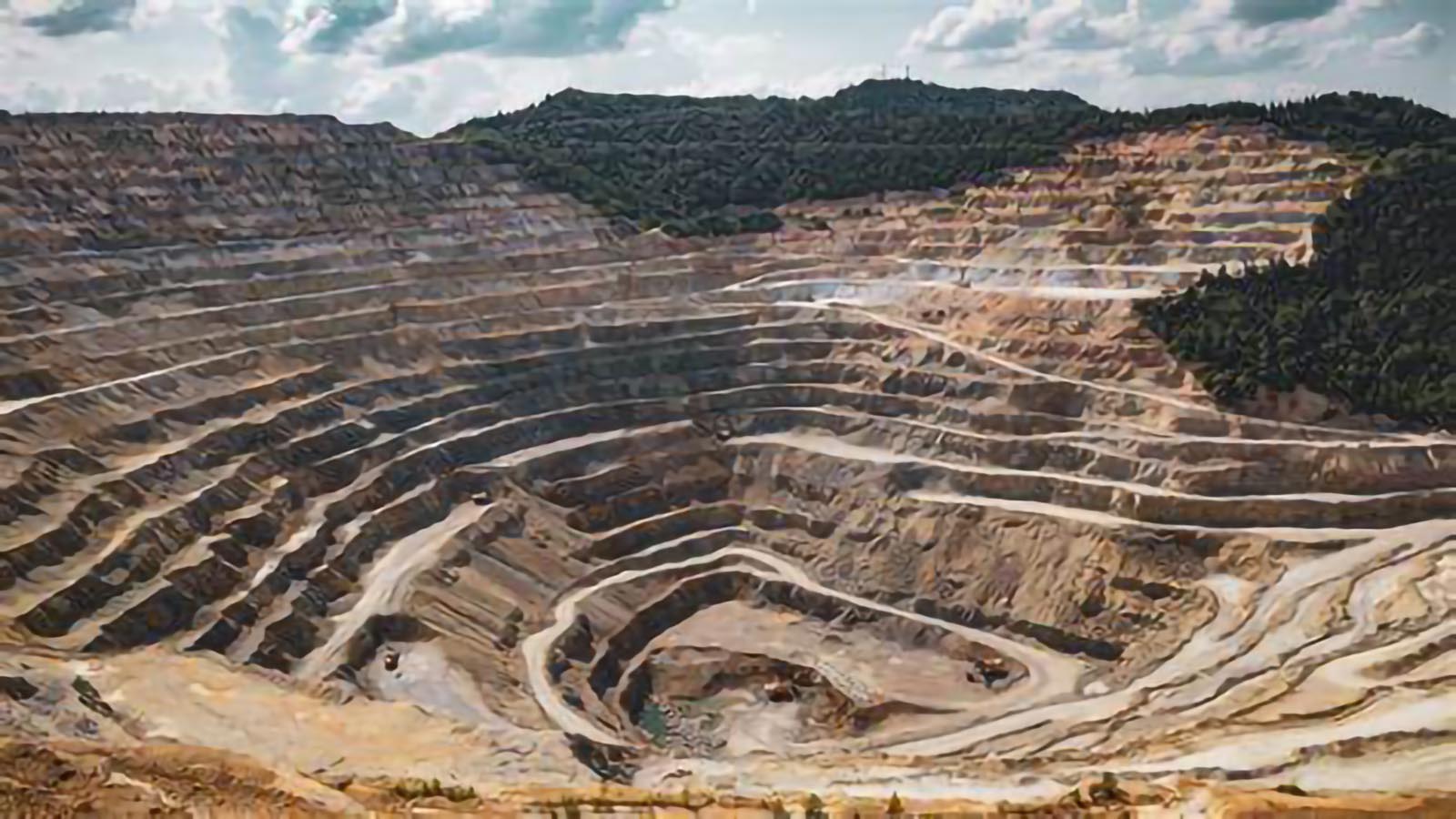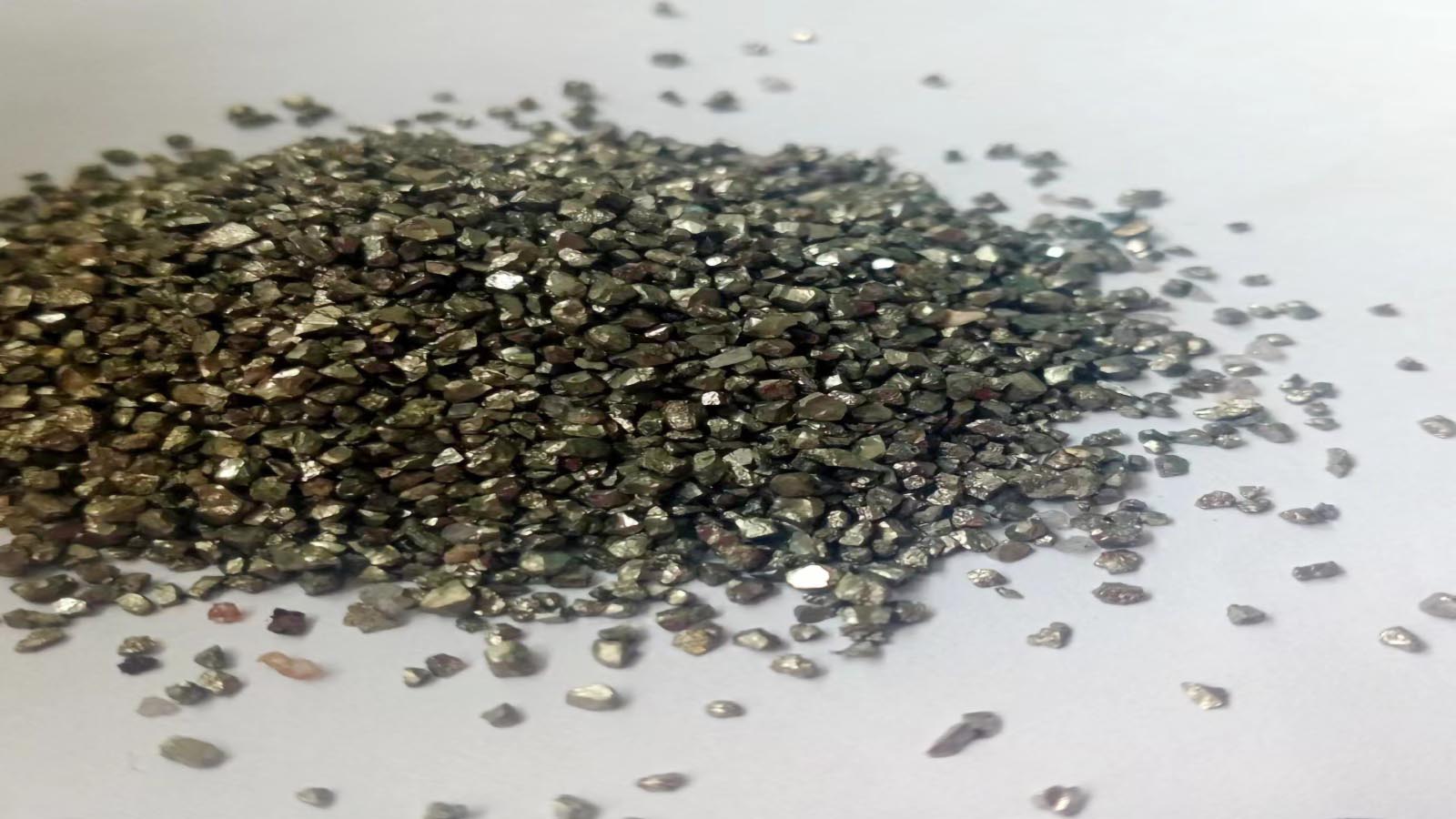
As easily accessible shallow mineral resources continue to diminish, metal mine development is gradually transitioning to deeper extraction, making the scientific selection of appropriate mining methods crucial for achieving safe and efficient mine production. Metal mining methods primarily fall into two categories: surface mining and underground mining. Surface mining is mainly suitable for shallow ore bodies, but with the development of the global mining industry and the depletion of high-quality shallow mineral deposits, underground mining has become the predominant approach to meeting metal mineral demands and will occupy an increasingly important position in future mining development. This article systematically explores the key factors influencing metal mine extraction method selection and the scientific decision-making pathway.
Strategic Significance of Mining Method Selection
The mining method represents the core technical aspect of mine development, directly affecting the mine's economic benefits, resource recovery rate, production safety, and environmental impact. Different mining methods have specific applicable conditions and technical-economic indicators. Scientific selection of mining methods requires comprehensive consideration of mineral deposit geological conditions, technical feasibility, economic rationality, and environmental safety requirements.
Mining method selection is a systematic engineering process, typically divided into three stages: preliminary screening, technical-economic comparison, and final determination. The preliminary screening stage, primarily based on deposit geological conditions and ore characteristics, forms the foundation of the entire selection process. This article focuses on the key factors influencing the initial selection of mining methods.
Influence of Orebody Geological Conditions on Mining Method Selection
The geological conditions of the orebody are the primary consideration in mining method selection, mainly including the following aspects:
1. Spatial Morphology of the OrebodyThe spatial morphology refers to the geometric characteristics of the orebody in three-dimensional space. Different morphologies are suitable for different extraction methods:
- Tabular Orebodies: Usually having extensive horizontal extension but limited thickness, suitable for layered extraction methods such as sublevel caving or horizontal cut-and-fill mining
- Vein Orebodies: Extending in a band-like manner, narrow in width but long in extension, commonly suitable for mining methods with development along the vein, such as shrinkage stoping or vertical long-hole mining
- Massive Orebodies: Irregularly blocky or large lens-shaped, with similar horizontal and vertical dimensions, suitable for large-scale mining methods such as sublevel caving or block caving
- Irregular Orebodies: Such as lenticular, pocket-shaped, or branching complex orebodies, typically requiring flexible mining methods to adapt to changes in orebody morphology, with cut-and-fill mining having notable advantages for such orebodies
2. Orebody Thickness VariationOrebody thickness directly affects mining space layout and operation methods, serving as an important reference indicator for mining method selection:
- Thin Orebodies (<3m): Limited space, low mechanization level, typically using shallow-hole blasting and manual loading methods, such as shrinkage stoping or cut-and-fill mining
- Medium-thick Orebodies (3-15m): Can employ medium-scale mechanical equipment, suitable for layered extraction, such as sublevel stoping or room-and-pillar methods
- Thick Orebodies (>15m): Ample space, allowing for large equipment and high-efficiency mining methods, such as large-diameter deep-hole mining or sublevel caving
The range of thickness variation is also an important consideration; orebodies with stable thickness facilitate standardized, highly mechanized mining methods, while those with significant thickness variations require more flexible approaches.
3. Orebody Dip Angle CharacteristicsThe dip angle of the orebody directly influences mining technology selection, primarily reflected in ore movement methods and stope arrangement:
- Gently Inclined Orebodies (<25°): Difficult gravitational ore movement, suitable for horizontal push-type mining, such as room-and-pillar or adit sublevel mining
- Medium Inclined Orebodies (25°-45°): Ore can be transported both by gravity and mechanical means, suitable for combined transportation methods, such as sublevel open stoping or overhand cut-and-fill mining
- Steeply Inclined Orebodies (>45°): Can fully utilize gravity for ore movement, suitable for shaft arrangement and gravity ore drawing, such as sublevel caving or vertical long-hole shrinkage mining
4. Orebody Extension ScaleThe strike length and depth extension of the orebody significantly impact mining system layout:
- Long Strike Orebodies: Favorable for continuous, high-capacity mining methods, allowing multiple stopes to produce simultaneously, such as sill pillar-less sublevel caving
- Short Strike Orebodies: Limited by high proportions of development work, typically selecting highly flexible small-scale mining methods with rational arrangement of development workings
For orebodies with significant depth extension, phased extraction and technical challenges of deep mining such as ground pressure, ventilation, and drainage must be considered.
5. Wall Rock Stability ConditionsWall rock stability is a key factor in determining mining methods and support requirements:
- Highly Stable Wall Rock: Can employ unsupported or lightly supported mining methods, such as sublevel open stoping or shrinkage stoping, with potentially large exposed stope areas
- Moderately Stable Wall Rock: Requires reasonable control of stope exposure area and time, using timely support or partial backfill methods, such as sublevel open stoping or overhand horizontal cut-and-fill mining
- Poorly Stable Wall Rock: Requires strict control of stope size, using strong support or complete backfill methods, with caving methods employed when necessary for controlled wall rock collapse
Additionally, wall rock structural characteristics (such as fault and fracture development), rock strength, and weathering degree are important indicators for evaluating wall rock conditions.
Influence of Ore Characteristics on Mining Method Selection
The physical-mechanical properties and economic value of the ore itself are also important considerations in mining method selection:
1. Ore Hardness and StrengthOre hardness and strength directly affect crushing difficulty and stope stability:
- High Hardness Ore: Difficult to crush, requiring powerful blasting or mechanical crushing, with consideration for equipment wear and maintenance costs
- Medium Hardness Ore: Can use conventional drilling and blasting processes, with relatively flexible equipment selection
- Low Hardness Ore: Easy to crush but may present dust problems, requiring dust prevention measures
The inherent stability of the ore also affects stope design; self-supporting ore can form larger stope spaces, while poorly self-supporting ore requires timely support or special extraction methods.
2. Ore Grade and DistributionOre grade and its distribution characteristics are important bases for economic benefit assessment:
- High-grade Ore: High economic value, mining method selection focuses more on resource recovery rate, can accept higher mining costs, such as backfill mining methods
- Low-grade Ore: Small marginal economic benefit, requiring low-cost large-scale mining methods, such as caving methods or large-scale open-pit mining
The uniformity of ore grade distribution also affects mining methods; uniformly graded orebodies can use bulk mining methods, while unevenly distributed grades may require selective mining considerations.
3. Ore Water Content CharacteristicsThe water content characteristics of ore significantly impact the mining environment and process:
- High Water Content Ore: Requires a comprehensive drainage system and consideration of water's effects on blasting effectiveness, equipment operation, and working environment
- Low Water Content Ore: May require increased dust prevention measures, especially when mining fine-grained ore
Ore permeability is also an important consideration; highly permeable orebodies may face water inrush risks, requiring special drainage design.
4. Harmful Components in OreHarmful components in ore affect operational environment safety and product quality:
- Radioactive Elements: Require special protective measures and ventilation systems, limiting personnel exposure time
- Sulfide Minerals: Present self-ignition risks, requiring control of stope exposure time and oxidation conditions
- Toxic Elements: Must prevent toxic gas or dust release to ensure worker safety
Other Key Factors Influencing Mining Method Selection
Beyond orebody geological conditions and ore characteristics, mining method selection is influenced by various technical and economic factors:
1. Mining Technical Conditions- Mining Depth: Deep mining faces high ground pressure, high temperature, gas issues, etc., requiring special mining methods and safety measures
- Hydrological Conditions: Areas rich in groundwater require focused consideration of drainage design, potentially affecting mining method selection
- Surface Conditions: Surface buildings, water bodies, roads, and other protected objects limit available mining methods, especially regarding surface movement control
2. Economic and Technical Indicators- Production Scale: Large-scale production typically requires high mechanization and automation, imposing specific requirements on mining method selection
- Capital Investment: Initial investment capacity affects mining method selection; sufficient funding allows consideration of capital-intensive methods
- Operating Costs: Different mining methods have varying engineering consumption, labor requirements, and equipment maintenance costs
3. Safety and Environmental Requirements- Safety Risks: The degree of risk from ground pressure, gas, water hazards, etc., influences mining method selection
- Environmental Impact: Surface subsidence, waste rock discharge, water resource impact, and other environmental factors require consideration
- Sustainable Development: Comprehensive resource utilization rate, energy consumption, carbon emissions, and other sustainable development indicators are increasingly important
Scientific Decision-Making Pathway for Mining Method Selection
The Zexin Technical Team recommends that metal mine extraction method selection should follow a scientific decision-making pathway:
- Comprehensive Investigation and Assessment: Thoroughly understand deposit geological conditions, ore characteristics, and mining environment to establish a detailed database
- Preliminary Screening of Options: Screen technically feasible mining methods based on key constraining factors
- Multi-option Comparison: Conduct comprehensive comparisons from aspects of technical feasibility, economic rationality, safety reliability, and environmental friendliness
- Optimization and Finalization: Refine design and optimize parameters for the best option
- Practical Verification and Adjustment: Verify the applicability of the mining method in actual production and continuously optimize based on feedback
With the advancement of intelligent mine construction, mining method selection is evolving toward digitalization and intelligence. By establishing expert systems for mining method selection, combined with three-dimensional visualization technology and numerical simulation analysis, more scientific and efficient selection and optimization of mining methods can be achieved, providing strong support for the safe and efficient development of metal mines.
Related News

Essential Equipment Configuration for Modern Mineral Processing Plants: A Comprehensive Guide to Four Key Process Stages

Breakthrough and Industrial Practice in Micro-Fine Mineral Recovery Technology
